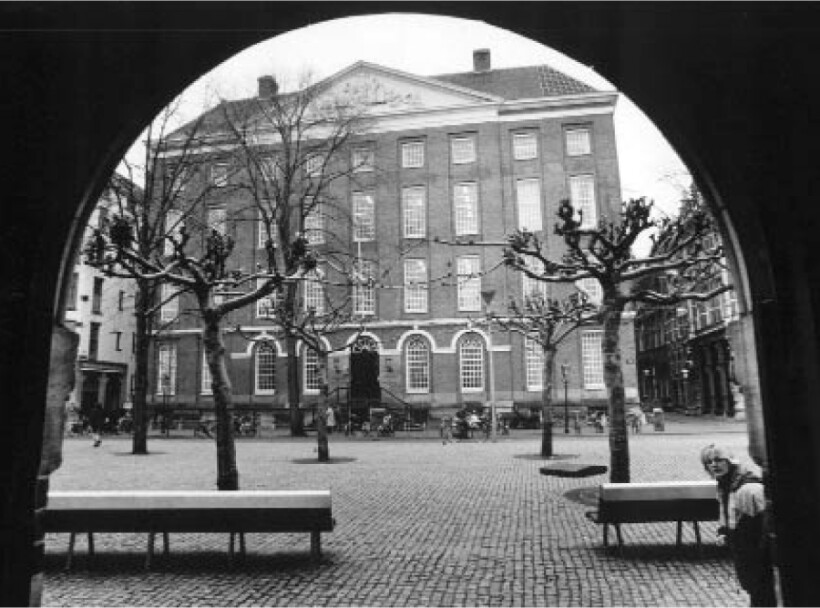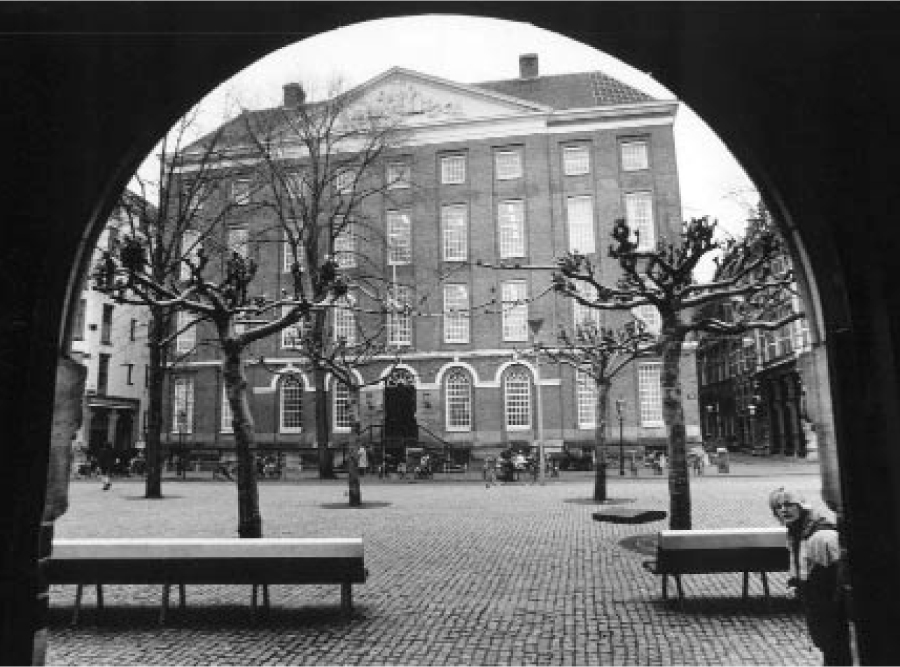Physics Education in the Netherlands Gets Good Marks, Advice
DOI: 10.1063/1.1564340
Dutch physics education is world-class, an external reviewing committee concluded last fall in a report on the Netherlands’ nine university programs in physics, applied physics, and astronomy. For more than a decade, however, the country has seen falling physics enrollments, and many of the committee’s recommendations are aimed at reversing that trend.
Among the recommendations are that each physics department focus on specific research areas, and that students be encouraged to move to the university that is strongest in their preferred subfield. “You cannot have nine MITs. So we strongly emphasized that not all universities can be first in everything, but that they can build niches,” says Jan Sengers, the University of Maryland, College Park, physicist who chaired the committee, which looked at pre-PhD university education. Such reviews are undertaken every five years in the Netherlands, but the appointment of committee members from abroad is new. “The point was to make sure there was objectivity,” says Sengers.
The recommendations dovetail with broader changes in the Netherlands’ education system. In particular, last fall, most programs for the first degree were reshaped into the bachelor’s-master’s mold, making the country among the first in Europe to implement the Bologna Declaration (see Physics Today, May 2001, page 21
Physics enrollments in the Netherlands dropped by half from 1988 to 1999; by contrast, astronomy saw rising enrollments over the same period. And the number of women in physics is “embarrassingly low” compared with neighboring countries, says Karel Gaemers, a high-energy theorist at the University of Amsterdam. “This was the first time female faculty members were on the review committee of Dutch physics,” adds Sengers. “It sends a clear message.”
To attract students—both men and women—who otherwise might not choose physics, the committee said that universities should make the first year of study more flexible, and that students should have more time to sample subjects before settling on one. That is similar to the US system, “but in the Netherlands it’s more difficult because the degree is only three years,” says Sengers. Advertising the career possibilities available to physicists would also bolster enrollments, the committee said.
In addition, says Sengers, “we tried to stimulate [physics departments] to think about their mission in the overall community. We said, ‘Even if you don’t find many students, make yourself essential to the university and to society.”’ Also in the American vein, the committee told Dutch physics departments to cultivate relations with their alumni for fundraising and other purposes.
Says Gaemers, “We were very happy that an international committee says that physics in the Netherlands is on an international level. And we have to work very hard to attract a new category of student and to prepare them for more careers.” As a first step in figuring out what actions to take in response to the recommendations, the Dutch association of physics chairs, which Gaemers heads, is holding a symposium this month.
In other Dutch university news, in mid-November students staged a protest against the government’s proposed across-the-board cut of several percent in higher education spending.

Dutch universities face a shortfall of physics students and looming budget cuts. The Maagdenhuis, shown here, was built in 1 787 and now serves as the main administrative building at the University of Amsterdam.
HENK THOMAS

More about the Authors
Toni Feder. American Center for Physics, One Physics Ellipse, College Park, Maryland 20740-3842, US . tfeder@aip.org





